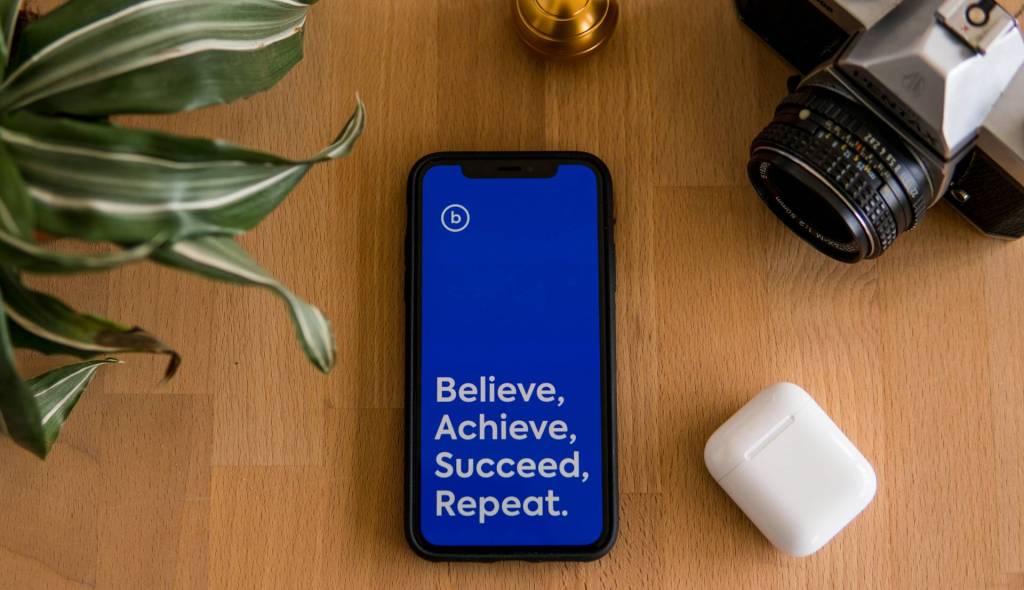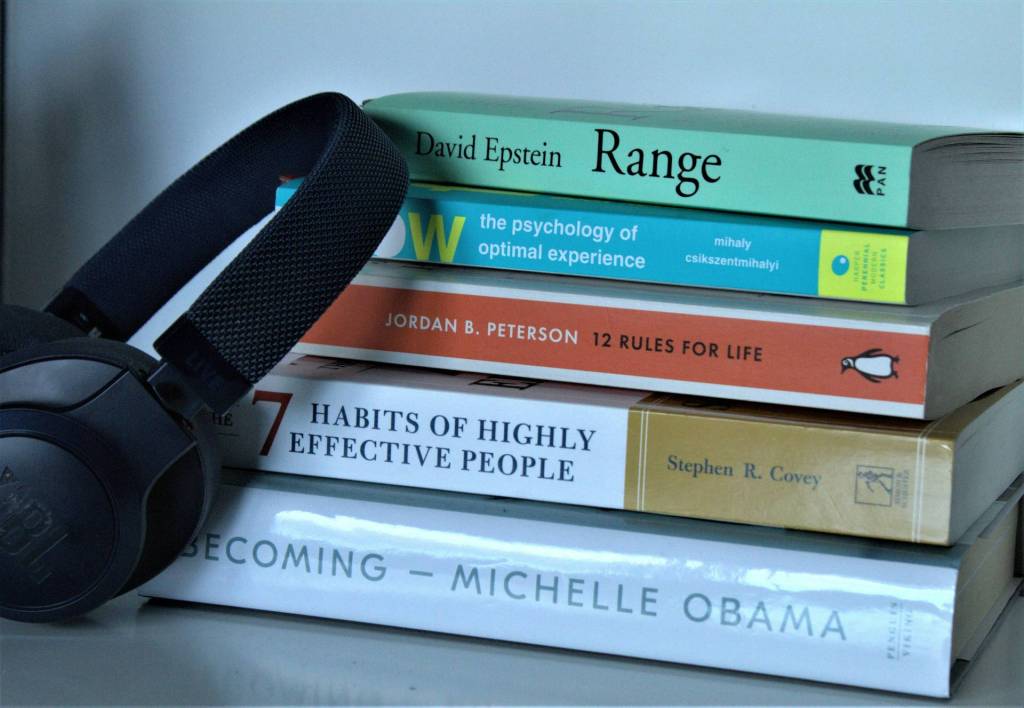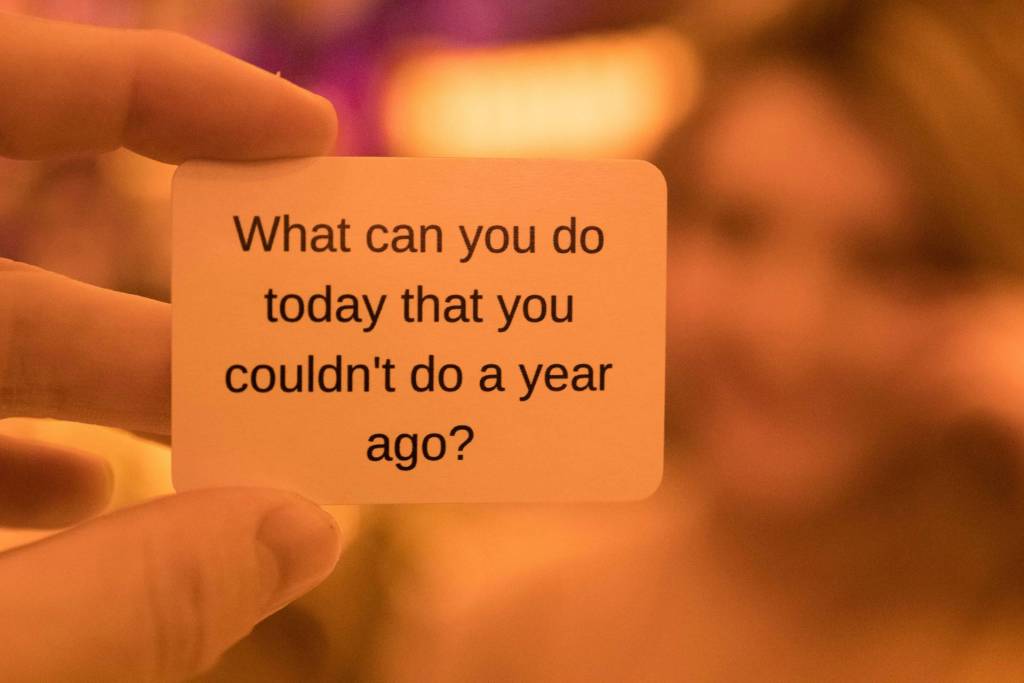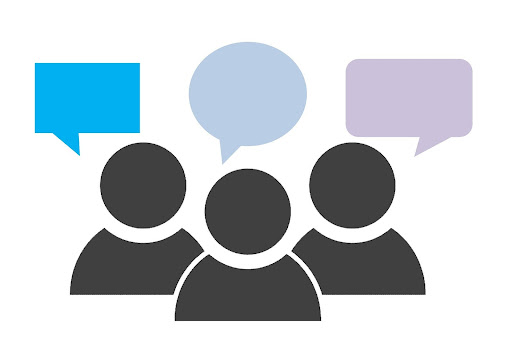I heard a story about The Loneliest Whale in the World today. The story is about a baleen whale that communicates at a frequency that it seems no other whale can hear. He communicates at a frequency of 52 Hertz. Most species of baleen whale, which include blue whales and humpbacks, communicate in the 15-25 Hertz range. Because of this difference in communication no other whale can hear him.
This got me thinking about Social Media and Frequency.
Both relate to the bigger question… Are we really being heard?
Frequency and frequency
You don’t need to be a scientist to understand the details and implications of what the word frequency means. To me there are two ways of thinking about frequency:
- In the sense related to The Loneliest Whale in the World it is the actual vibrations of the medium (in his case water)
- The other sense is the form of volume or quantity. How much “stuff” is being put out there for consumption.
In Social Media the second definition is the most commonly considered. Where four factors are in play – Time, Content, Place and Frequency. Depending upon your preferred Social Media channels the frequency (or volume) of your posts may vary and will impact whether you are really being heard. Posting at the right time can improve your chances of being heard. So, what is the right time?
- The expert in this space is Dan Zarella. He has done years of research on the best times to Tweet, send emails, post to Facebook, Blog and more. You can review his research here and here.
- Another example of Putting Frequency to Work is Guy Kawasaki. He has espoused a philosophy of posting content three times, 8 hours apart. His Frequency seems to work pretty well for him and his Alltop site. Sure, he was already famous for his work at Apple and Garage Technology Ventures which likely didn’t hurt.
The medium is the message ~Marshall McLuhan
Are you really being heard?
Unlike The Loneliest Whale in the World we humans have alternate forms of communication to consider employing. Humans can adapt and use alternate forms of communication. Of course, humans aren’t the ones to use tools, but humans have been able to create sign language, develop numerous means of written communications, and to adapt our other senses. The Loneliest Whale in the World doesn’t have this many options. For you… you have options.
What if your Frequency is not working?
If it’s not working… Shift things up. Why? Because you can. What have you got to lose?
Change your Frequency. Perhaps in both volume and for the other three factors. Also, consider evaluating the first definition of frequency and how it may be impacting your Social Media interactions. Are people really hearing you? If not, it may be more than just the volume of your communications. They really may not be able to hear you.
—–
Whale Check: Baleen whales can live for upwards of 85 years. I hope the whale in this story finds another whale that has the ability to hear his songs. One that he can find happiness with and cruise the high seas. If you want to learn more about The Loneliest Whale in the World you can read more here.












